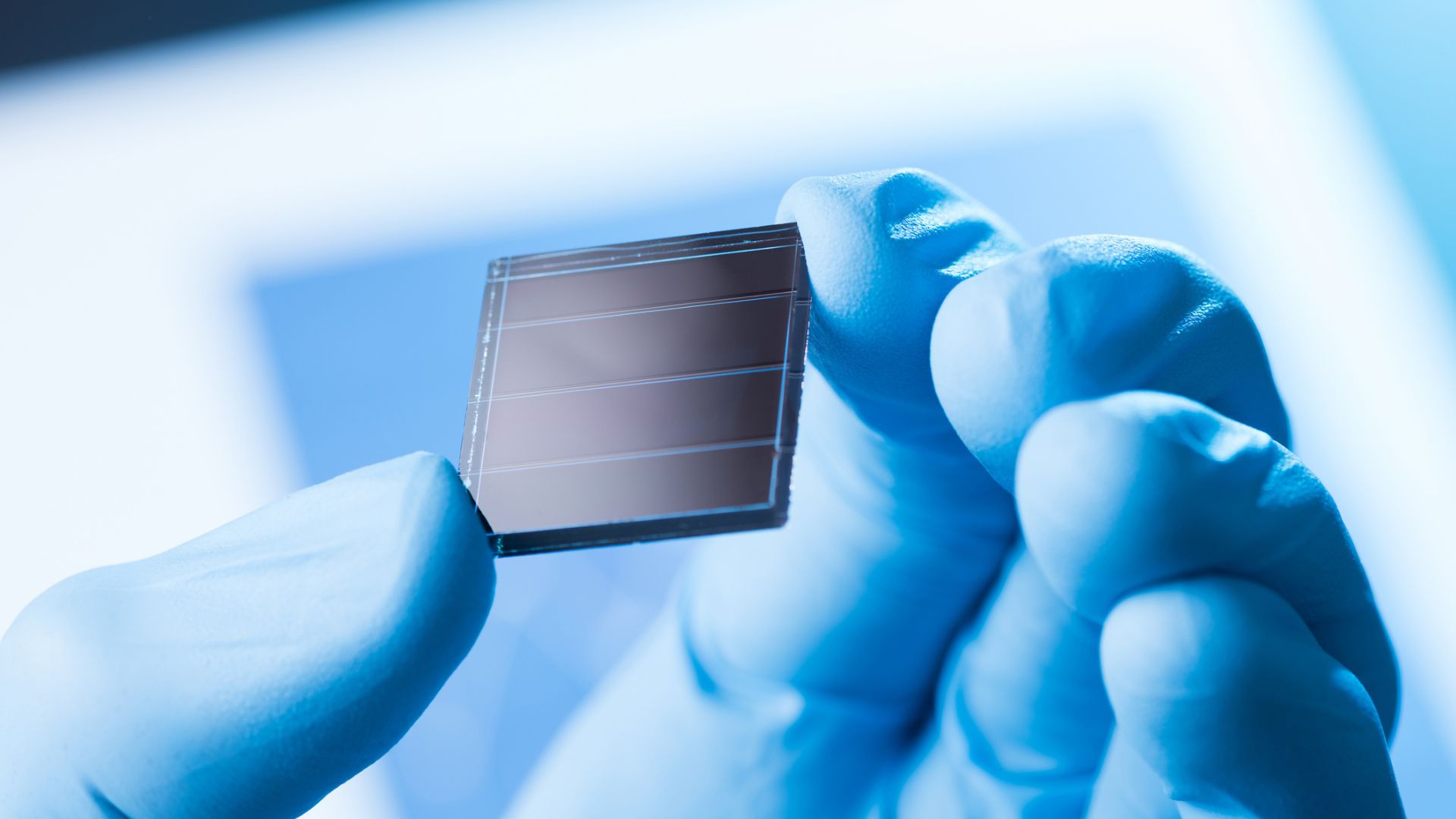Scientists have achieved high efficiency in silicon solar cells with the help of precision-engineered surfaces...

Scientists have achieved high efficiency in silicon solar cells with the help of precision-engineered surfaces. New designs of antireflective coatings for silicon solar cells, based on single-layer silicon metasurfaces, lead to broadband reflection suppression in the wavelength range from 500 to 1200 nm for incidence angles up to 60 deg.
Researchers have highlighted that the conventional few-layer dielectric antireflective coatings may significantly boost the transmission of solar light, but only in a narrow wavelength range.
Antireflective coatings can increase the photogenerated current
The latest research took place as almost half of the solar energy that reaches a silicon solar cell is lost due to the reflection at the silicon–air interface. While antireflective coatings can suppress the reflection and increase the photogenerated current.
The study by SPIE-the International Society for Optics and Photonics, reveals a new type of antireflective coating using a single, ultrathin layer of polycrystalline silicon nanostructures (a.k.a., a metasurface).
Achieving minimal reflection across certain wavelengths and angles, the metasurface was reportedly developed by combining forward and inverse design techniques, enhanced by artificial intelligence (AI).
Published in Advanced Photonics Nexus, the study reveals that the reflection averaged over the visible and near-infrared spectra is at the record-low level of approximately 2% and 4.4% for the normal and oblique incidence, respectively.
“The obtained results demonstrate the potential of machine learning–enhanced photonic nanostructures to outperform the classical antireflective coatings,” said researchers.
Coating effective even when the sunlight hits at steep angles
They revealed that the coating works across the visible and near-infrared spectrum (500 to 1200 nanometers) and is effective even when the sunlight hits at steep angles. It reflects as little as 2 percent of incoming light at direct angles and about 4.4 percent at oblique angles—unprecedented results for a single-layer design.
This breakthrough shows that an intelligently designed nanostructural layer can boost the efficiency of mainstream solar panels. Because it is both high-performing and relatively simple, it could lead to more efficient solar panels, potentially speeding up the transition to clean energy, according to a press release.
Approach enhances metasurfaces’ designing
Researchers also stressed that beyond solar energy, the approach also advances how scientists design metasurfaces for optics and photonics. It opens the door to multifunctional photonic coatings that could benefit not just solar power but also sensors and other optical devices.
They underlined that the proposed metasurface-enhanced solutions demonstrate high functionality in terms of the reflection reduction with ARCs on glass and other low-index substrates.
The study reveals that the forward design can produce very promising results given the appropriate choice of geometric parameters, whereas when using the inverse design approach, one does not have to settle on a geometry type in advance and be reasonably confident that the solution would be close to the global optimum.
“We have managed to obtain both forward-designed cross-circular and free-form inverse-designed structures with the best reported antireflection properties for single-layer structures,” said researchers in the study.